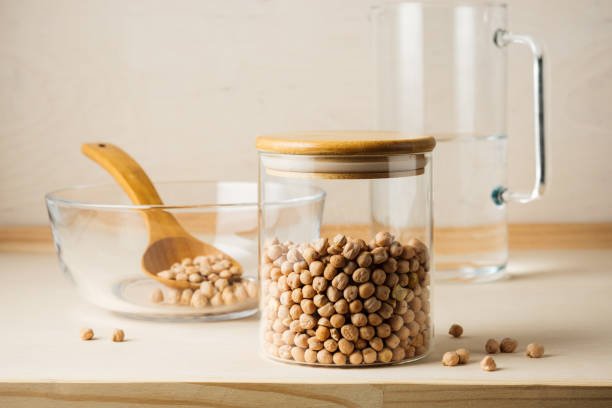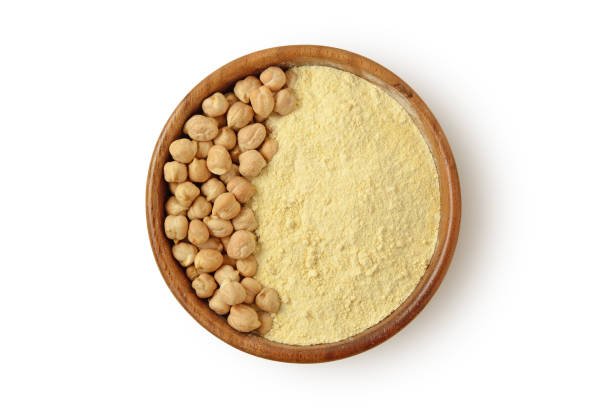Chickpeas (Cicer arietinum)
1. Names
Arabic: حمص (Hummus), حبوب الجاربانزو (Garbanzo beans)
English: Chickpeas, Garbanzo beans
Scientific Name: Cicer arietinum
2. Botanical Description
Family: Fabaceae (Legume family)
Growth: Annual plant (30-60 cm tall)
Leaves: Small compound pinnate
Flowers: White or pink
Pods: Swollen pods containing 1-3 seeds
3. Main Varieties
Desi chickpeas: Small, colored seeds
Kabuli chickpeas: Large, light-colored seeds
Black chickpeas: Rare, antioxidant-rich
4. Health Benefits
✓ Complete plant protein (19-22%)
✓ High in fiber (12-13g per 100g)
✓ Iron source (4-5mg per 100g)
✓ Improves heart health (lowers cholesterol)
✓ Regulates blood sugar
5. Medicinal Uses
Anemia treatment: Rich in iron
Digestive health: Dietary fiber
Bone health support: Calcium and phosphorus
Immune boosting: Zinc and selenium
6. Cultivation Methods
Climate: 15-25°C (drought-tolerant)
Soil: Well-drained (pH 6-7.5)
Planting:
Egypt: October-November
Irrigation: Moderate (every 10-12 days)
Harvest: After 100-120 days
7. Used Parts
Dried seeds: Primary use
Chickpea flour: In baked goods
Aquafaba (cooking water): In cosmetics
8. Active Compounds
Proteins: Including cicerin
Carbohydrates: 60-65% (resistant starch)
Vitamins: B6, folate, vitamin K
Minerals: Iron, magnesium, zinc
Fatty acids: Omega-3 , Omega-6
Nutritional Summary of Chickpeas (per 100g)
| Nutrient | Amount |
|---|---|
| Calories | 162 kcal |
| Protein | 8.86g |
| Fiber | 7.6g |
| Iron | 2.89mg |
| Magnesium | 48mg |
Export details to all parts of the world
Chickpeas grains for export
Drying: Natural sun drying and
industrial drying
Packaging: Bags
Package Weight: 20 kg
Container: 20-foot container
Sorting and Packing: Automate





